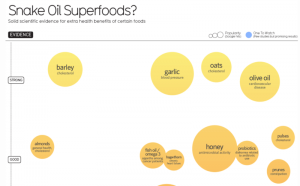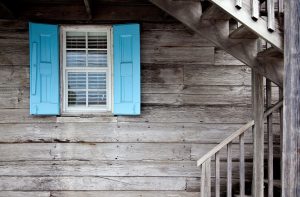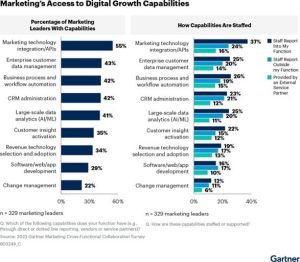Mark Hawthorne, Senior Editor


November 22, 2014
Australians are spending 10 per cent of the nation’s annual grocery bill on tobacco products, and one in every five dollars spent at supermarkets goes on cigarettes or junk food, according to confidential industry data.
Australians now spend 10 per cent of the nation’s annual grocery bill on tobacco products, and one in every five dollars spent at supermarkets goes on cigarettes or junk food, according to confidential industry data.
Of the $85 billion spent on supermarket groceries each year, raw meat, fresh fruit and vegetables contribute an estimated $28 billion. But the fastest growth rates are coming from tobacco and junk foods, which now top $17 billion of combined sales.
Fairfax Media has obtained IRI-Aztec data on Australian grocery sales for the 2013-14 financial year. The market researcher’s report is based on the cash register data from every Coles, Woolworths, IGA and FoodWorkssupermarket in the country, and adds a weighting to estimated sales made at Aldi. It does not include alcohol sales.

Shoppers spent $8.5 billion on cigarettes and rolling tobacco with major supermarkets in the 12 months to June, out of an Australian grocery market estimated at $85 billion. Rolling tobacco is the fastest growing product line of all, with sales up almost 16 per cent in the past year to $960 million.
Much of the revenue from tobacco and related products ends up with the federal government. These products contributed $8.9 billion of supermarket revenue last financial year, more than any other category on the shelves. Of that, $7.4 billion was spent on packaged cigarettes.
Each item sold at a supermarket is given a unique bar code and “stock keeping unit”, or SKU. A list of the top 20 SKUs sold includes 12 brands of cigarettes, four different-sized packages of Coca-Cola and Quilton toilet paper. Three other food items make that list – the private label milk sold by Woolworths and Coles, and Nescafe instant coffee.
According to IRI-Aztec, Australians spent $2.47 billion on confectionery, up 5.4 per cent on the previous year. A further $2 billion was spent on soft drinks, $1.8 billion on fresh milk and $1.56 billion on biscuits last financial year. For the first time Australians spent more than $1 billion on snacking chips, up 6.4 per cent.
Consumers spent almost three times as much on ice cream ($1.1 billion) as on health foods ($418 million) at supermarkets.
Despite the huge growth in junk food sales, the three biggest suppliers to Australian supermarkets are British American Tobacco, Philip Morris and Imperial Tobacco Australia, which provide a combined $8.4 billion of annual revenue.
That dwarfs the annual contribution of multinationals such as Nestle ($2 billion), Coca-Cola Amatil ($2 billion) and Unilever ($1.5 billion).
While tobacco revenue rose 6 per cent on the previous year, the actual number of cigarettes sold at supermarkets fell 2.9 per cent, suggesting that plain packaging and higher taxes are working to reduce smoking rates.
The supermarkets covered by the IRI-Aztec report account for more than 65 per cent of Australia’s $13.5 billion cigarette and tobacco market.
The report also reveals that private label cigarettes have captured almost 1 per cent of the market for packaged cigarettes. Coles has sourced its own private label cigarettes from Germany since 2010.
Heather Yeatman, president of the Public Health Association of Australia and a professor at the University of Wollongong’s School of Health Services described the data as “very depressing”.
“If you look at the list of top products, it’s basically a list of stimulants, nicotine and caffeine,” Professor Yeatman said.
“Even list of foods is dominated by caffeine, liquid caffeine, or sugary treats. It is in keeping with all the data and research we are seeing, which shows Australians have rising obesity and declining health driven by poor diet and eating habits.”
When cigarette sales are stripped out, seven of the top 10 branded products sold in Australia are different package sizes of Coca-Cola, the most popular being a 24-can “slab” of Coke, followed in second place by a 30-can package.
The top four branded food products are all Coca-Cola, followed by Nescafe instant coffee at fifth. Quilton toilet paper is sixth and a 24-can slab of Pepsi Max seventh on the top 10 list.
“We have seen sales of junk foods and soft drinks rise over the past few years, driven by low prices for bulk sales and uncertain time. People turn to comfort foods in difficult economic periods, and I think we have seen that,” Professor Yeatman said.
smh.com.au Business News.
(363)
Report Post







